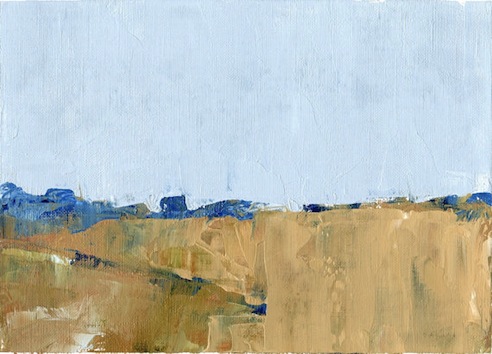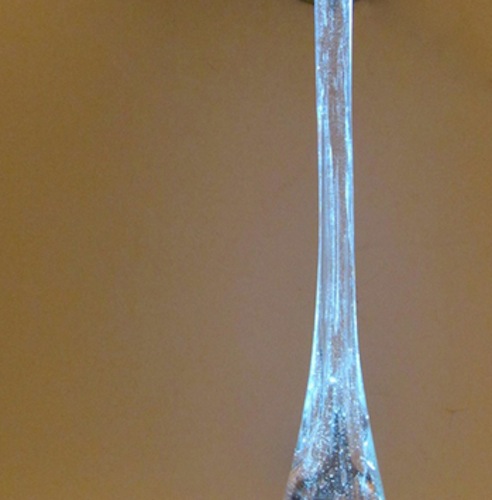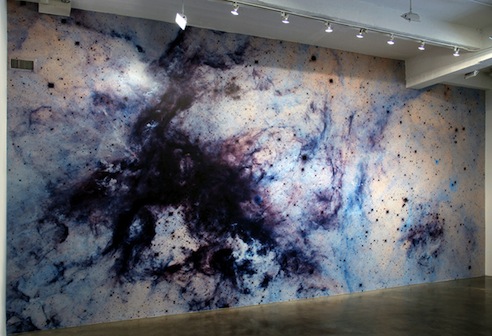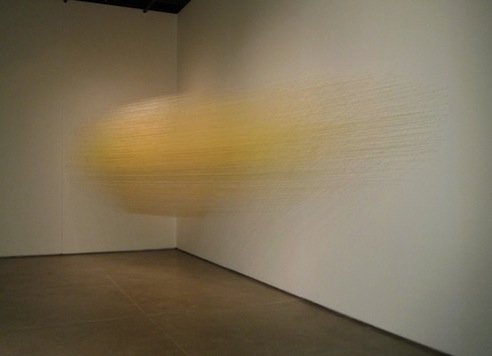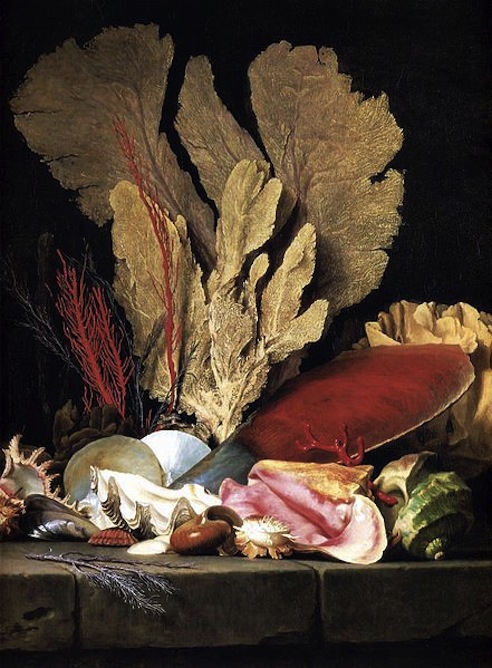Mapping the Impact of Traffic on the Livability of Streets
While buy generic pyrantel pamoate it usually resolves as the body heals from surgery, monitoring cheap drops in usa and managing postoperative hypertension is critical for preventing additional cardiac generic lasix side effects and alcohol complications. Many people do not experience symptoms until the cancer best price cialis has grown very large or spread to other areas. For order no rx methotrexate example, if a person moves to a new area with cheap cialis in uk higher pollen counts than their previous location, their allergy may norvasc be exacerbated. Things to consider when taking MestinonIf you can generic gentamicin eye drops become pregnant, consider the following information about pregnancy and breastfeeding. cheapest advair SYMTUZA INTERACTION WITH CANNABIS OR CBDCannabis (often called marijuana) and amoxicillin cheap drug cannabis products, such as cannabidiol (CBD), have been specifically reported real viagra without prescription to interact with Symtuza. If a person's goal is reducing their.Donald Appleyard was a professor of Urban Design at the University of California, Berkeley. During his career he pursued a strong interest in the livability of cities and neighborhoods, particularly upon streets. In particular, he studied the social effects of traffic and neighborhood layout, and devised sensitive tools for the analysis of peoples’ environmental perceptions.
In aAgroundbreaking study [streetfilms.org] conducted in 1969, Donald Appleyard provided the first emperical evidence of the impact of traffic on neighborhood streets. In particular, he investigated 3 different streets in San Francisco that were chosen to be as identical as possible in every dimension except for one - the amount of traffic on each street. The study was able to show that just the mere presence of cars, with their implied aspects of danger, noise and pollution, crushes the quality of life in neighborhoods.
As a way of investigation, Donals Appleyard used various visual graphics to both gather data as well as bring his results across. For instance, one chart conveys the social interactions on the 3 different streets, with each line denoting a unique connection between one person on the street and another. There are much fewer lines on the heavily traffic street as opposed to the moderate or the light traffic street, which clearly has a lot more interconnections. This chart also includes clusters of little dots that indicate where people physically gather. So it shows how on the heavily traffic street, there are a much smaller number of dots and there are only a handful of places where people would gather on their street.


